
Yin Yoga and TCM: Summer season- meridians and postures
In Yin Yoga, summer's association with the Fire element and its related Heart and Small Intestine meridians can be addressed through poses that open the chest and heart and promote grounding, such as Thread the Needle, Twisted Child’s Pose, Open and Closed Heart, Banana or Crescent Moon pose and Melting Heart. These poses, when held for extended durations can help with improving digestion and calming the fire of the heart.

Yoga and shadow work
The deeper we go into all the layers of a Yoga journey, the more we are bound to be confronted with both our light and shadow aspects of ourselves, a true rollercoaster of inner experiences. Like the relation between Yin and Yang, light and shadow, day and night, so our relation to life and Yoga can change or incorporate a duality, between idealization and disillusionment.
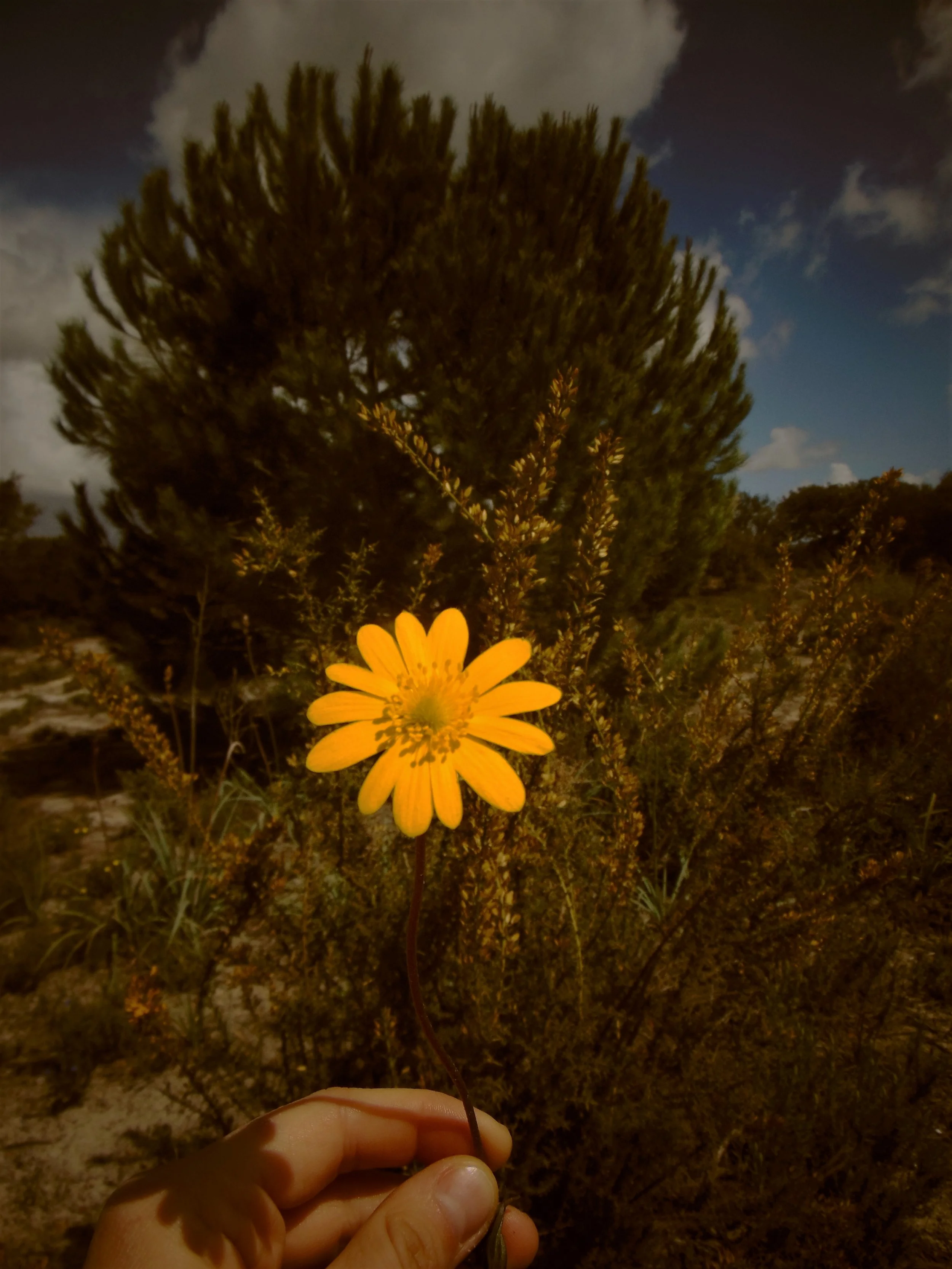
Trauma-informed Yoga in today's world
Yoga can support trauma healing by helping students reconnect with their bodies through asana, breathwork and meditation. If people start to become more attuned to their inner sensations, they could build more tolerance for physical experiences and develop healthier responses.

Where do we store tension in the body
More than just excessive physical exercise or bad posture, negative emotional experiences can also impact several areas of the body and cause muscular tension. Recognizing the connection between emotional and physical health is the first step toward releasing stress and achieving greater well-being in both body and mind.
But where do we usually store tension in the body and which areas are more common to experience tightness, tension and discomfort and why?
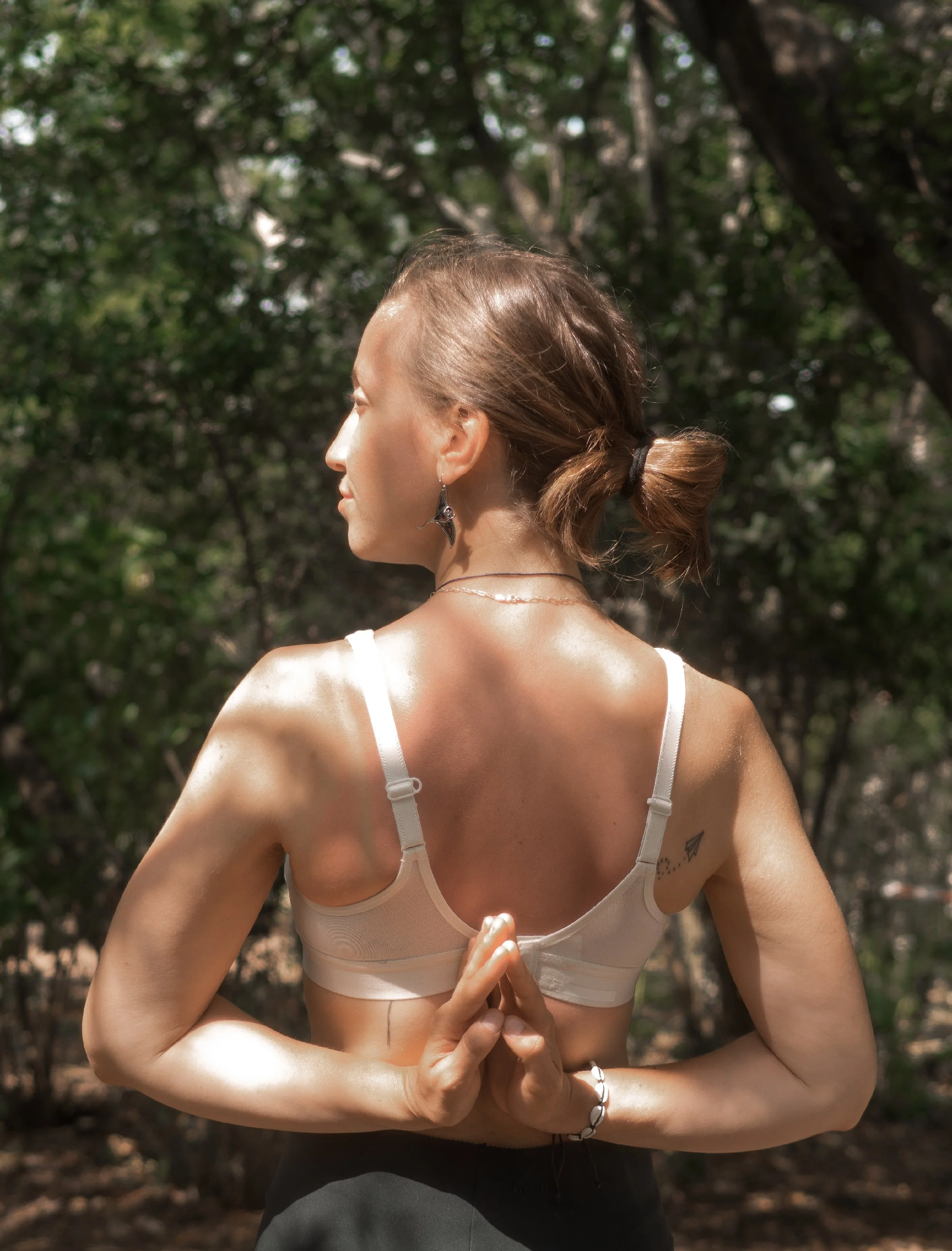
Yin Yoga and TCM: Spring season- main element, organs and emotions
In Traditional Chinese Medicine, Spring is a season of rebirth and growth, a season everyone is longing and waiting for, after the heavy depth and coldness of winter. However, it is also a season of transitions and changes, which bring a lot of instability and uncertainty that require a sudden adaptation and flexibility. By understanding the qualities of Spring and following TCM’s recommendations for a harmonious life, we can tap into the season’s energy and wisdom to enhance physical, emotional, and spiritual well-being.
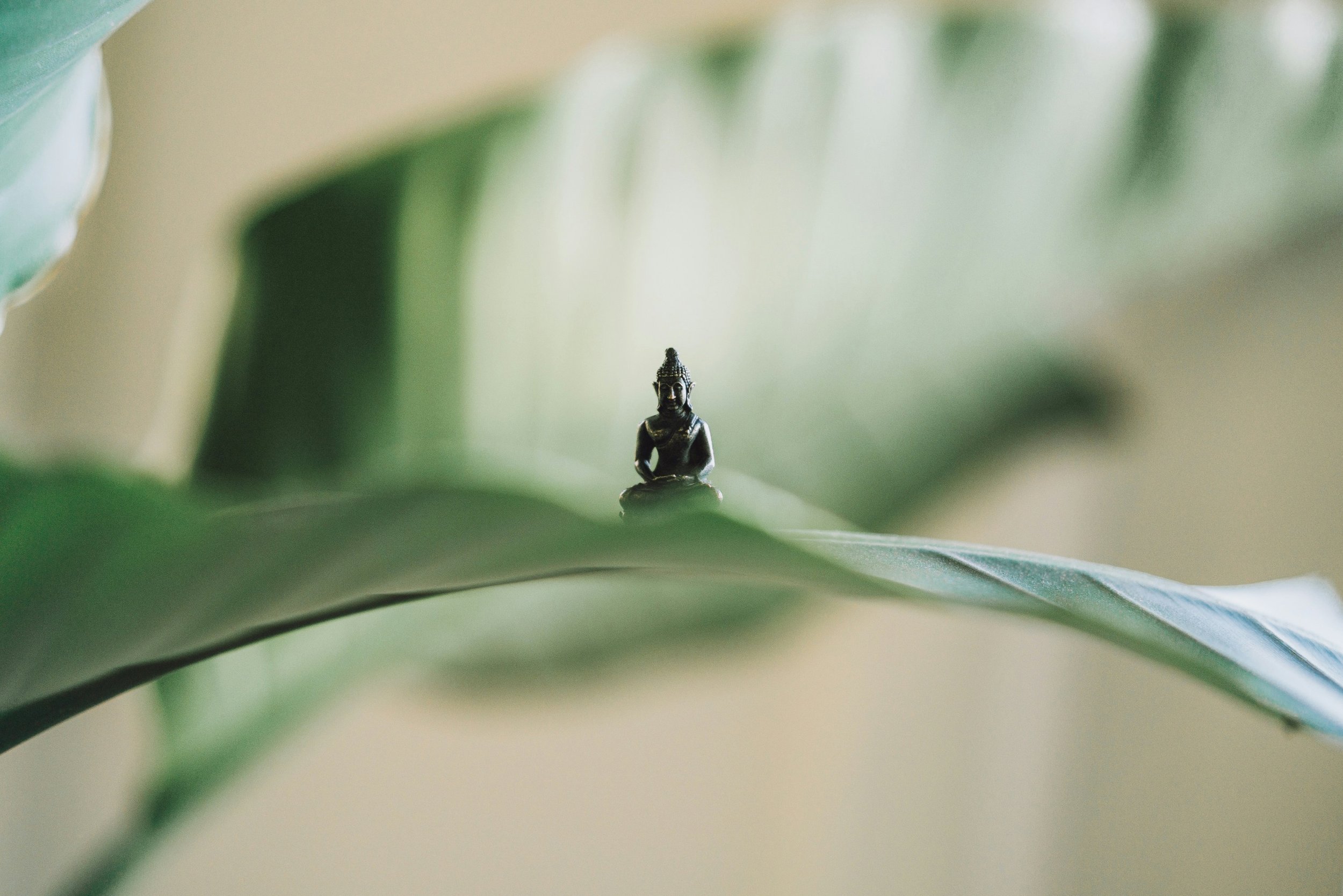
Yin Yoga and TCM: Spring season- meridians and postures
Our Western way of living, full of overstimulation can impact in a negative way the Qi/energy of both the liver and the gallbladder. When the liver and the gallbladder are imbalanced, one might experience high levels of stress, frustration, anger. Balancing the liver and gallbladder Qi can help cultivate calm, patience, a greater ability to deal with the day-to-day stress and to express oneself more freely and creatively.
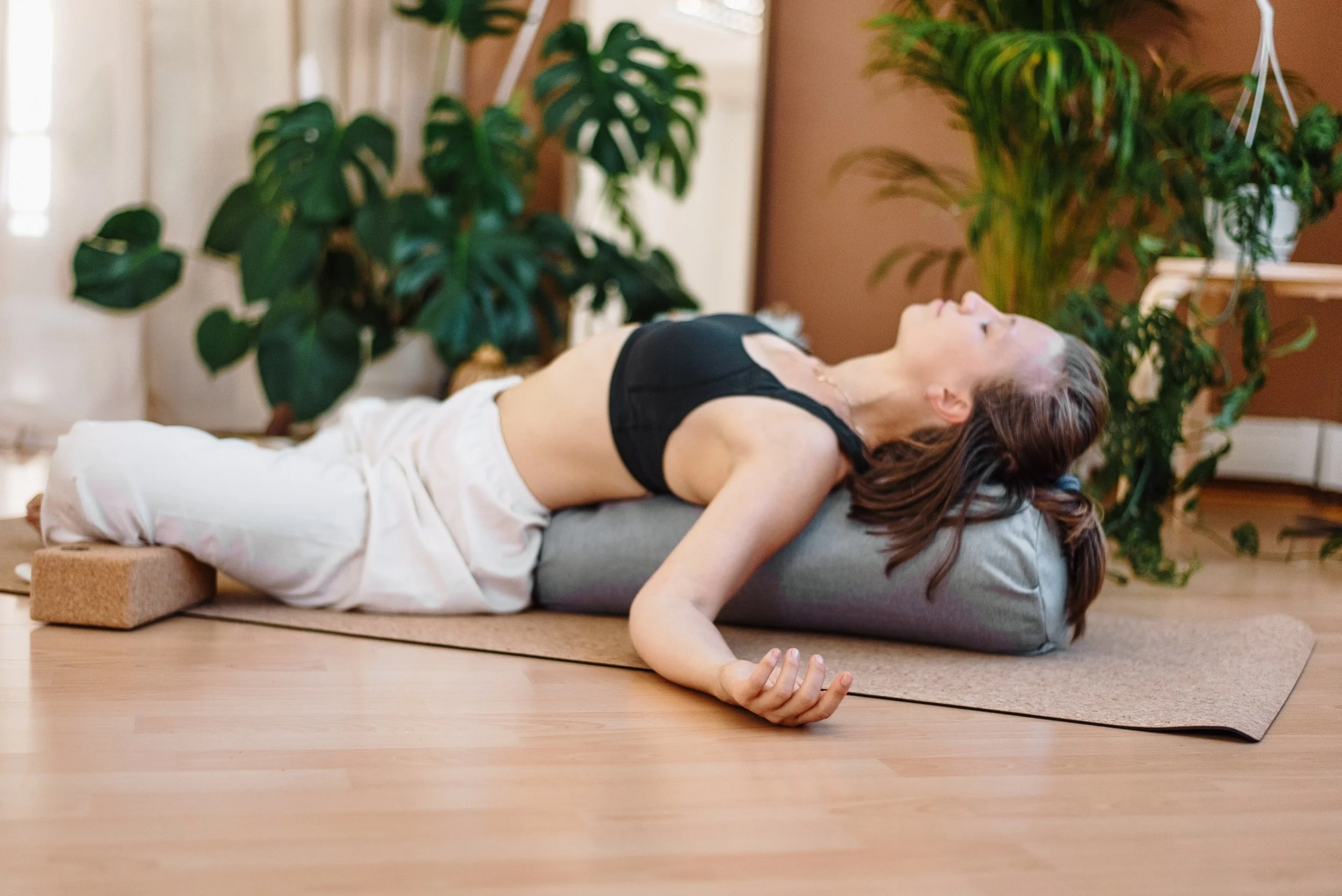
Exploring Savasana
Savasana, meant to represent a surrendering and grounding practice, incorporated in all styles of Yoga, is considered by many as the hardest pose, although it implies total stillness and it looks easy from the outside. That is because relaxation is not something that appears on demand, it is something that can or may not happen. Often, the 5-10 minutes of Savasana in the end of the class are meant to be as a conclusion of the class, as if the purpose of all the postures would be to prepare the body to be able to sit still and rest and in the end, to be able to meditate beyond any physical sensation or discomfort.

Making Yoga classes that are inclusive and why this is important
In my belief, Yoga classes should be designed in a sustainable way, with full awareness, in order to accommodate a diverse range of bodies and levels. How can we teach and show that diversity fosters inclusion and therefore the idea that differences are acceptable and even necessary?
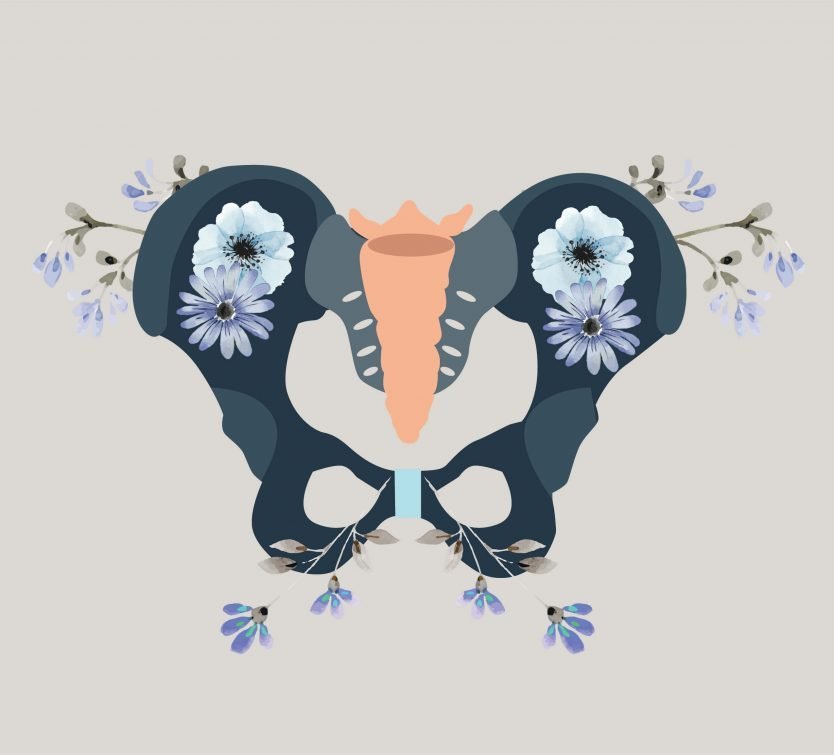
Yoga for the pelvic floor muscles
The pelvic floor health is not just about strength but about creating a well-functioning, flexible system within the body. The pelvis is influenced by early life experiences and movement patterns and all of this can manifest in other parts of the body as well, the pelvis being an integral part of our whole body. Ultimately, Yoga complements pelvic physical therapy or other physical exercises by offering a long-term approach to pelvic health.

Best time for your Yoga routine
What is the best time for your Yoga practice? Is it worth building your Yoga practice routine around the time you are having most of your energy? How effective is having a Yoga routine or schedule?
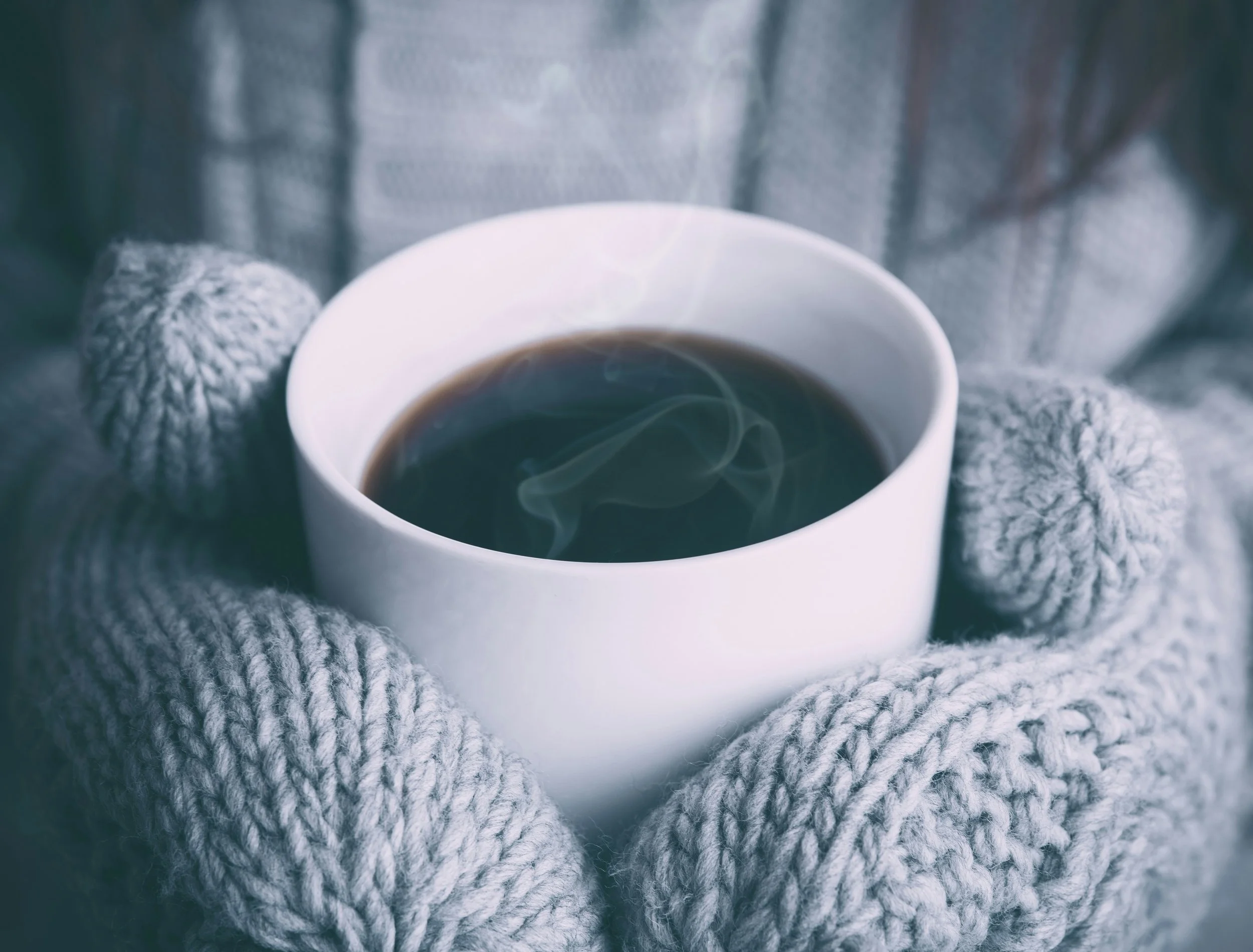
Yin Yoga and TCM: Winter season- meridians and postures
In TCM, the state of nature reflects what quality our everyday life should have in order to be in harmony with the energies. Winter is therefore the perfect time for introspection and introversion, time to ask the right questions and find the real answers. Time to breathe more and create more space in our minds and hearts. It is a time for slower, gentler practices, where one can really go within.

Yin Yoga and TCM: Winter season- main element, organs and emotions
Stagnation, laziness or a general heaviness in moving and thinking are downsides of this winter period. The death of nature around us as well as lack of stimulation and excitement, in comparison to the rest of the seasons, make one prone to feelings of loneliness, depression or isolation. However, it doesn’t have to be like this, if we can mindfully switch this perspective into allowing more space and dedication for more inner work, connecting to ourselves more and finding the necessary time to do the healing.

Yin Yoga and TCM: Autumn season- meridians and postures
Autumn season represents the transition between Yang and Yin, from the expansive and solar energy of summer, to the more introspective and slow one of autumn and later winter. Summer energy might be the best season to juggle many things at the same time, but Autumn is definitely the time to harvest the fruits of our actions and also narrow our focus to one thing at a time, finding a balance between doing and resting.
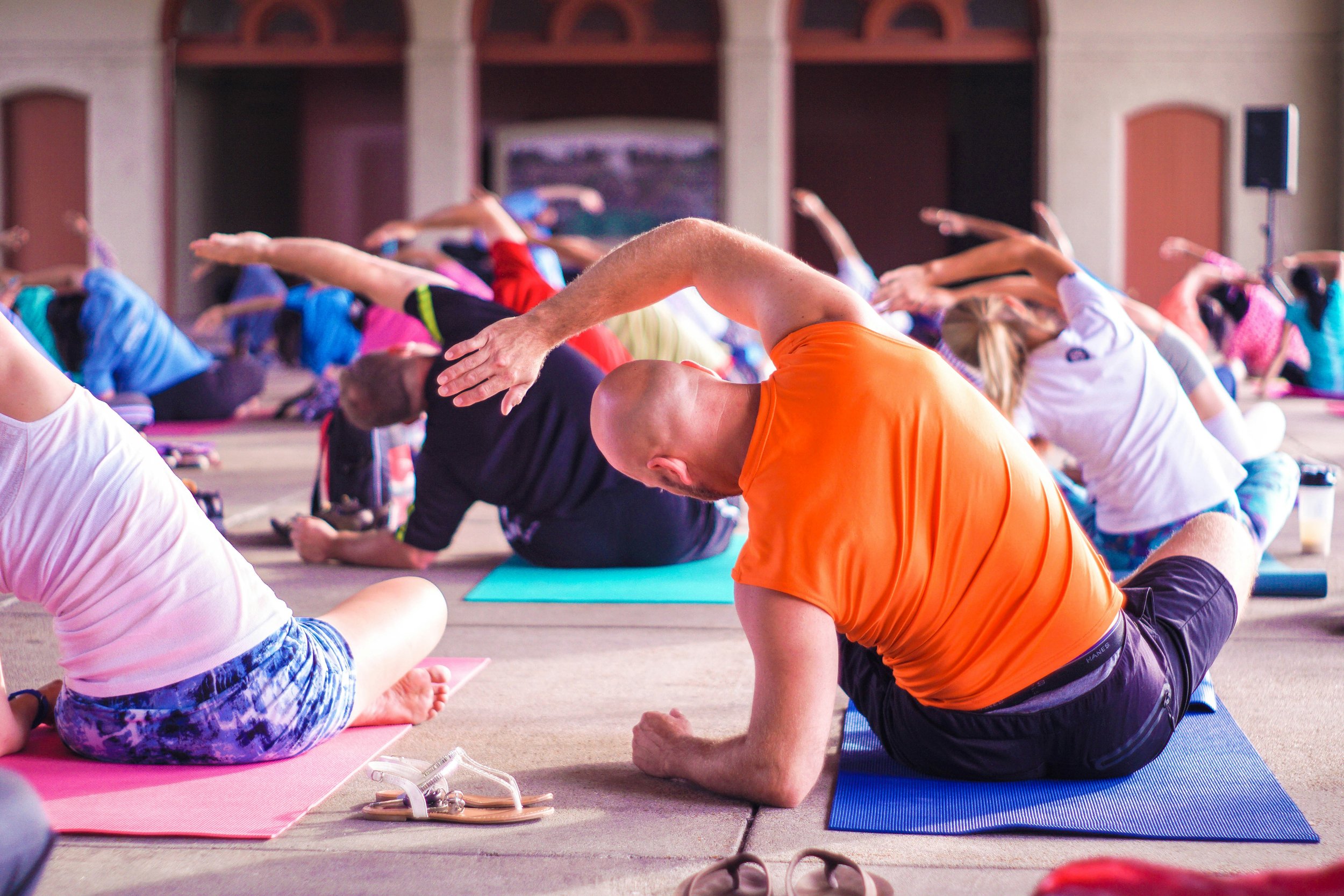
About Range of motion
The joints play a major role in everyone’s ROM and generally, it is not something that can be taken for granted; several factors can lead to a loss of ROM in time, for instance injury, improper posture, lifestyle, genetic factors or even too much movement. Respecting our boundaries in regards to our joints can help us preserve our ROM longer in time, whether we refer to our spine, knees, shoulders, hips or wrists.
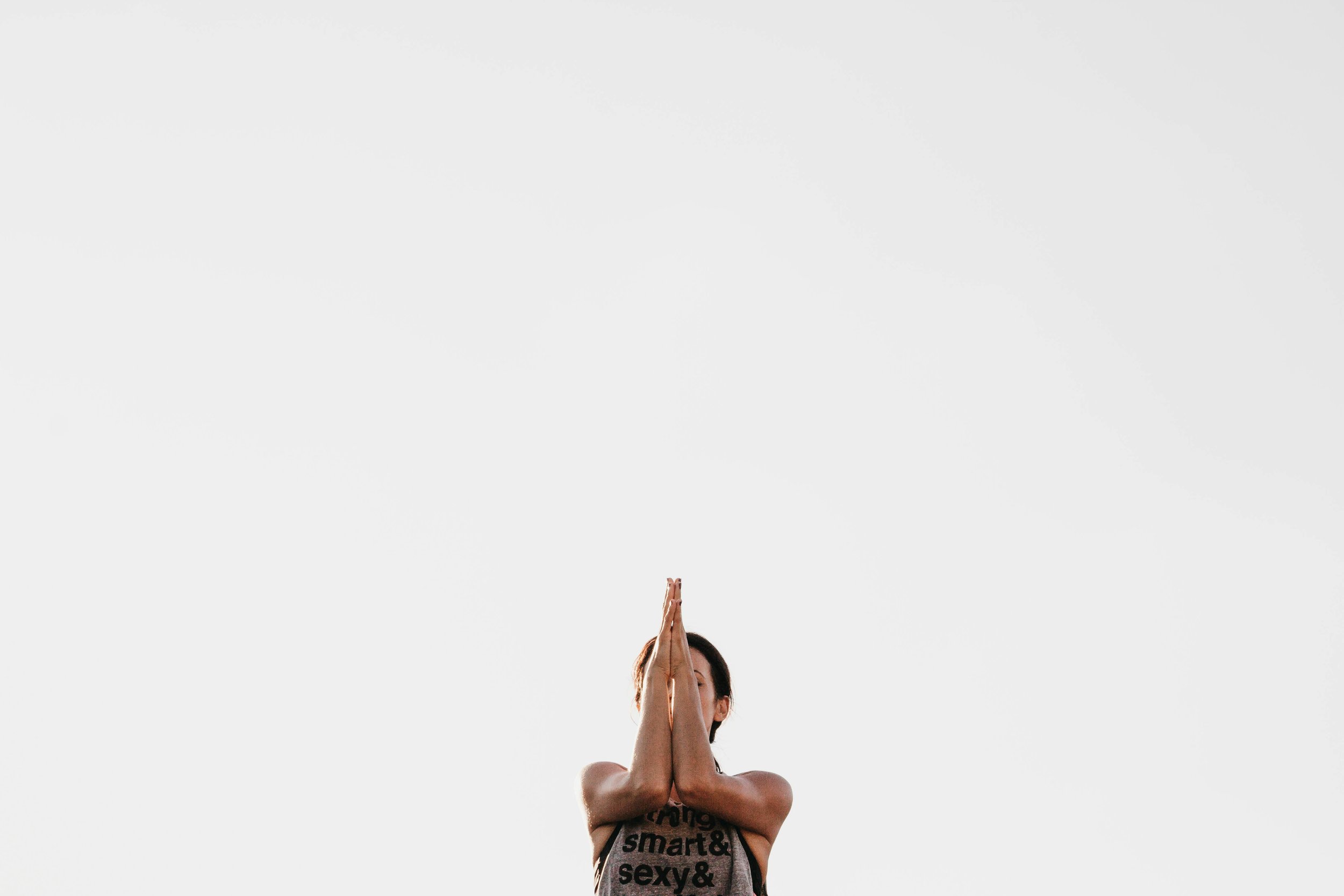
Yoga and Gratitude
Gratitude is more than saying thank you out loud; gratitude is a way of seeing life, leading us to be more mindful about our thoughts, actions and speech, in order to attract more positive occurrences, people and situations, aligned with our values. Being thankful exists in the mind but gratitude comes from the heart.

Yoga and the importance of the present moment
When you get those blissful pauses in your practice, let yourself settle instead of anticipating the next cue. Take your time and when it gets hard, notice how your mind reacts. Notice the miracle of breath flowing in and out. Notice what the mind says, how it talks to you, and just like in your meditation practice, gently guide it back to the body and breath.

About Integrity
Integrity is essential to all practitioners of Yoga because it creates a foundation of deep honesty upon which a practice can best be built. Moreover, integrity is fully expressed in the relation with oneself, in the way we honor commitments to ourselves, take time to be considerate of our actions, and represent our practice also outside the Yoga class.

Yoga for grief
Whenever we feel like we need to numb or ignore our feelings, Yoga is a reminder not to shy away from those feelings. The only way to deal with uncomfortable emotions is to stay with them and learn to embrace them, knowing that feelings are temporary.

Taoism in relation to YIN YOGA
The pain and suffering that people experience often in their lives comes from the resistance to what life is and not from the actual happenings that are part of it. Overcoming all challenges with this mindset of allowing things to be and responding accordingly to the events around us, we are reminded of the beauty and simplicity of life in its essence.
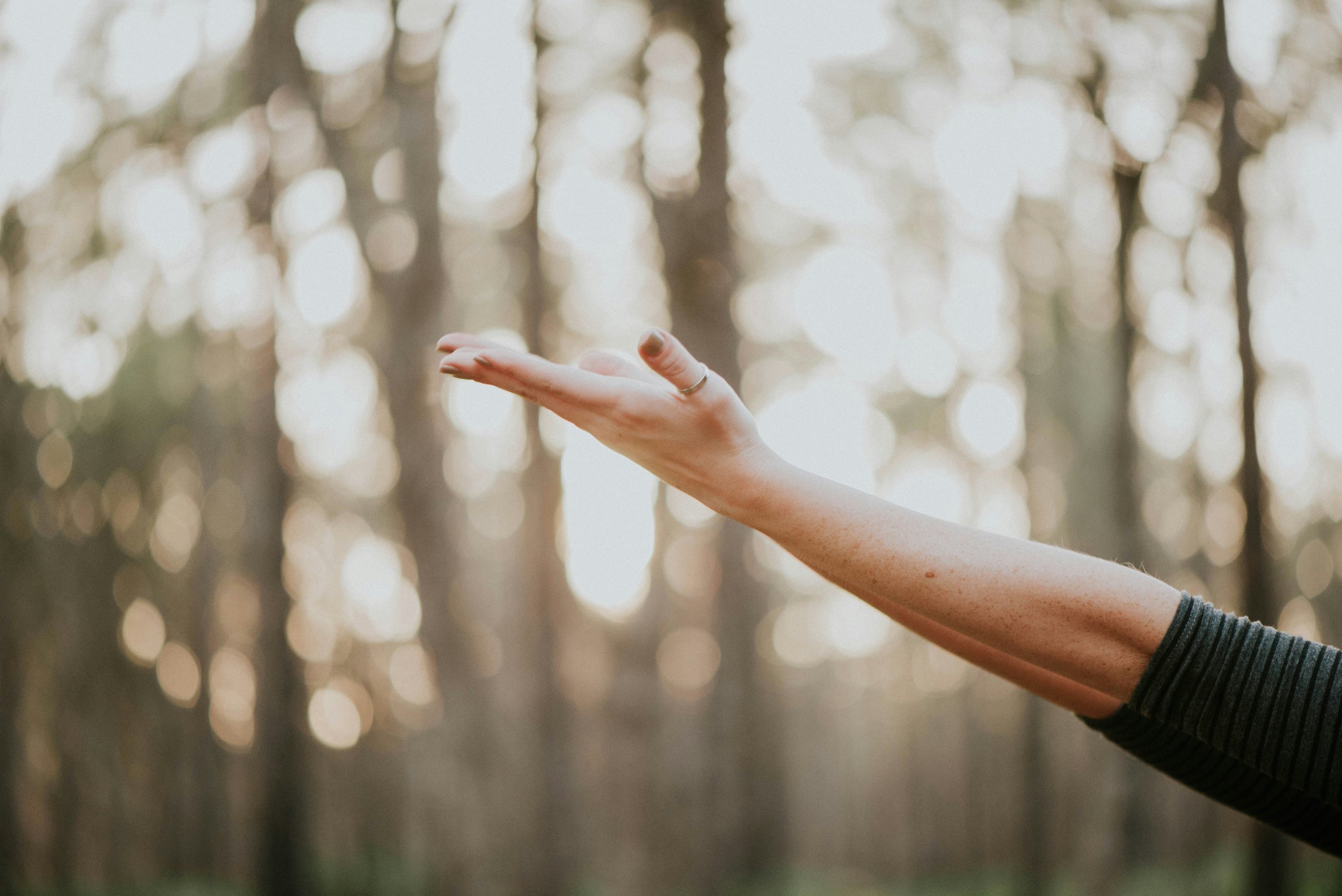
The REBOUND feeling in YIN YOGA - what it is and how we can experience it
This sensation in the body of both fragility yet flowing energy is often referred to as the rebound effect or the echo of the pose, a bridge between poses that carries forward their resonance and that can last from one minute to as long as it feels good.
Subscribe to my newsletter